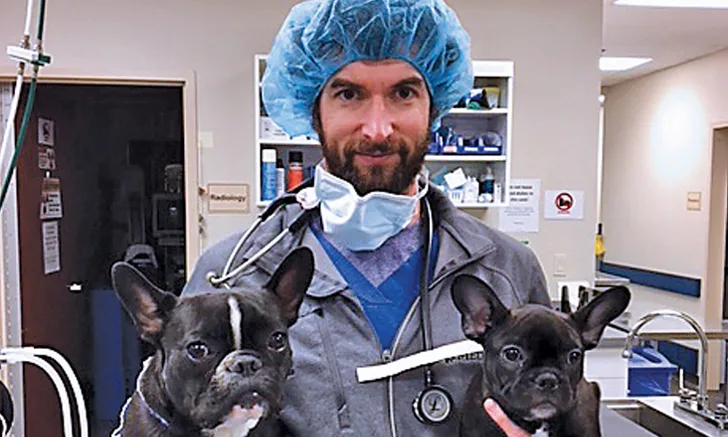Martin Kennedy's Daily Essentials

Martin Kennedy, DVM, DACVAA.Photos courtesy of Martin Kennedy, DVM, DACVAA
As an anesthesiologist, I could not get through the day without...
AMAZING ANESTHESIA NURSES

I am extremely fortunate to work with an outstanding group of talented, hardworking, dedicated veterinary nurses who enable us to deliver exceptional patient care to a large number of pets on a daily basis. I could never get through the day without my anesthesia team.
KETAMINE

Ketamine is an incredibly versatile and cost-effective drug. It is a great addition to sedation protocols for uncooperative or aggressive patients because it provides reliable immobilization, and the 100mg/mL formulation means the volume to inject is relatively small. Ketamine is unique as an induction agent in that it can maintain or increase cardiac output and blood pressure with minimal respiratory depression, making it an excellent choice for a wide variety of patients. Ketamine constant-rate infusions can also be administered for analgesia or inhalant reduction or to reduce opioid requirements. Ketamine is a must-have for any drug box.
DOPPLER BLOOD PRESSURE MONITOR

The Doppler may look like a garage-sale find, but it is an incredibly valuable tool that provides continuous real-time information about blood pressure, heart rate, and rhythm. The Doppler will still measure blood pressures when most oscillometric monitors will cycle out and provide only error messages or weak signal messages. The Doppler is especially useful in small patients, exotics, and patients likely to experience hypotension.
MULTIPARAMETER MONITOR WITH CAPNOGRAPH

Vigilant monitoring of anesthetized patients is critical to patient safety because it allows for early detection and treatment of complications. Capnography is a great monitoring tool that provides tons of information; by monitoring end-tidal CO2 (ETCO2), we get continuous information about ventilation, cardiac output, and the anesthesia equipment. When a patient experiences life-threatening complications, the ETCO2 often provides the first clue that something is wrong, making capnography an essential tool for any anesthesia case.